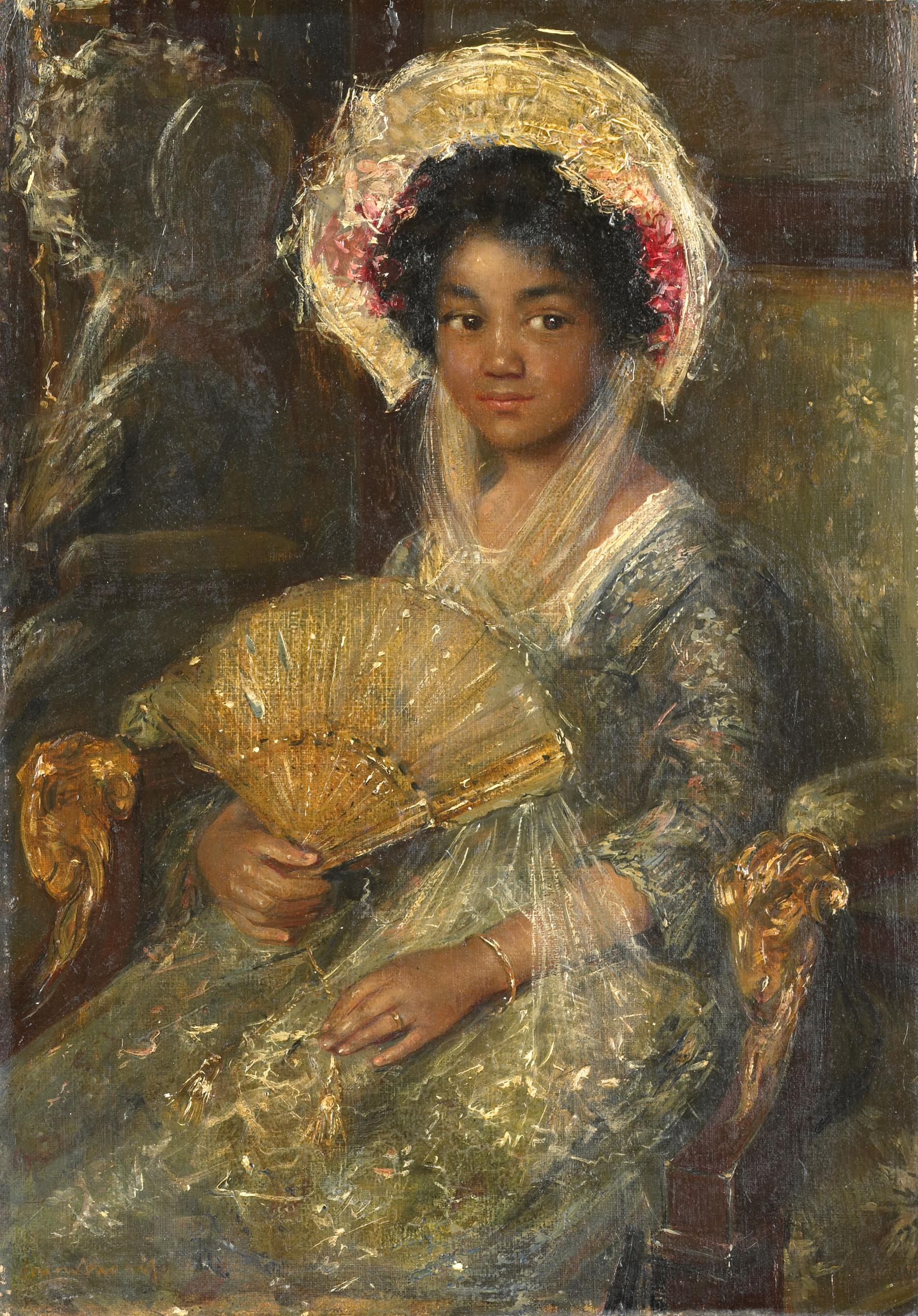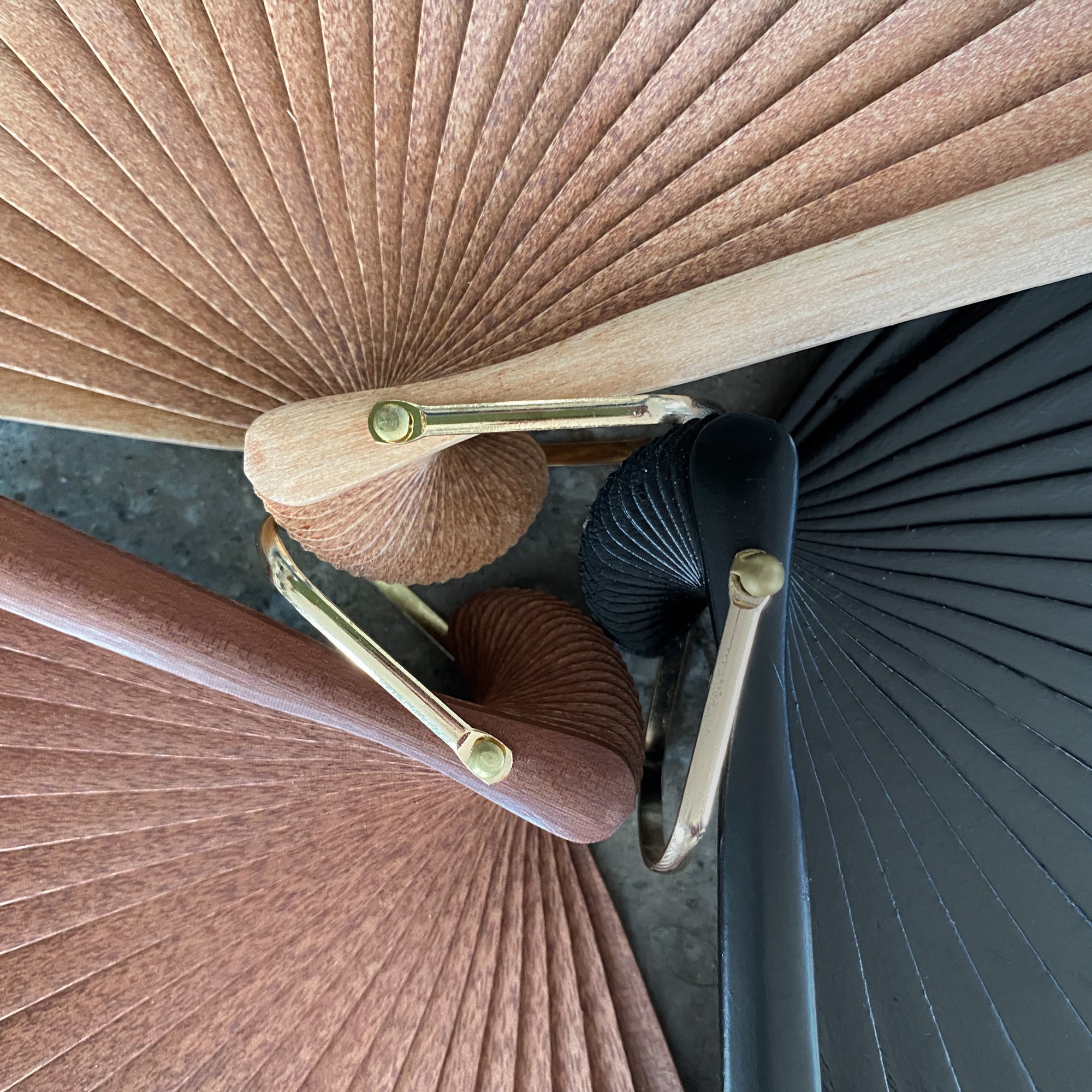In
part 1 of the history of the fan you could read how the fan came to Europe by Portuguese sailors and how its function changed overtime. From handy fly repeller to luxury accessory for mostly noble families. In the 18th century, we see that the fan reached a wider European audience and started to play a role indoors.
Artistic folded hand fans from the 18th century onwards
In the 18th century, the fans became more artistic. Specialized European manufacturers came to make the frames and local artists were called in to decorate the mostly silk fans. In addition, partly due to the VOC, the import of hand fans from Asia remained intact. Experiments were also carried out with mechanically wind-up fans.
The unfolded fan as an indoor tool
In the same period, we also see a small revival of the unfolded screen fans. These were mainly used indoors to protect the face from the heat of the fireplace fire and the stoves, which had to get the poorly insulated houses up to temperature in winter. With the fan, redness in the face (coup roze) was prevented and the make-up, which often contained wax, stayed in place better. These rigid fans were apart from the wooden handle, often made from papier-mâché. Nevertheless, the folded fan remained by far the most popular outdoors. Even today.
By Gustav Klimt - Copied from an art book, Public Domain, https://commons.wikimedia.org/w/index.php?curid=9086079
Fan language as a marketing concept
The fan remained popular in the 19th century. As a marketing concept, a French fashion house came up with a 'fan language'. An unspoken language with which you could send more or less secret and sometimes naughty signals. Over time, partly due to the advent of plastics, the materials from which the fans were made also changed. This started the production of mostly Chinese promotional disposable fans of inferior quality. Hopefully, we can put that time behind us and ensure that the artisanal production of sustainable European quality ranges does not become a dying profession.
The fan remains an elegant and practical accessory
Although we see slightly fewer fans nowadays than we used to, the folding fan remains extremely popular. More and more often, we see this elegant and practical accessory popping up in the streets such as on terraces, in the shopping streets or at festive events such as (pop) concerts. It remains the ideal method to easily create some fresh air supply yourself. In New York, the fan is now a trendy item in the subways again. After all, they do their job just as well and are far more elegant than those crazy little battery-powered electric windmills.
On stage: From Flamenco to Taylor Swift and Beyoncé
The hand fan also continues to play its role on stage. Also the performances of big stars like Beyonce and Taylor Swift. And don’t forget the drag queen shows, the sometimes very clumsy very large, fans are a popular accessory. And of course, the fan continues to play a major role in the passionate flamenco dance.



